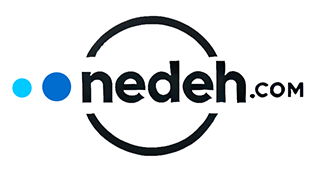Registering to Vote: What You Need to Know Beyond the Deadline
As the 2024 elections approach, voter registration has taken center stage in the United States. While some states have already closed their voter registration deadlines, nearly half of the states offer same-day registration on Election Day. But what does this mean for those who still want to cast their ballots? In this article, we will break down the different ways to register to vote in the US and what to expect if you have missed the registration deadline in your state.Same-Day Registration: A Ray of Hope for Some Voters
If you are one of the millions of Americans who haven't registered to vote yet, don't despair just yet. More than 20 states, including major battleground states like Colorado, Wisconsin, and Nevada, allow same-day registration on Election Day. This means you can register to vote and cast your ballot in one go. However, the rest of the states require advance registration, with deadlines varying significantly from state to state.Navigating the Voter Registration Process
So, how do you go about registering to vote? The process varies depending on your state or territory, but the US government website Vote.gov provides a seamless way to begin the registration process. Simply select your state or territory, and follow the instructions on how to register: online, by mail, or in person at your local election office. Some states also offer online voter registration, with 42 states, Washington, D.C., and Guam currently allowing this option.What to Do If You Have Missed the Voter Registration Deadline
If you have missed the voter registration deadline in your state, don't assume you won't be able to cast a ballot on Election Day. Some counties offer early voting options, where you can register to vote and cast a ballot at the same time. On Election Day itself, some states allow for same-day registration. Check with your local election office to find out the specific options available to you.The Importance of Voter Registration Drives
In many jurisdictions, the functions of electoral authorities include endeavors to get as many people to register to vote as possible. This is often achieved through voter registration drives, where government authorities, political parties, or other entities go out to communities to register eligible voters. These initiatives aim to increase voter turnout and ensure a more representative democracy.A Federal Framework for Voter Registration: The National Voter Registration Act of 1993
The National Voter Registration Act of 1993, also known as the Motor Voter Act, has played a significant role in shaping the country's voter registration landscape. Signed into law by President Bill Clinton on May 20, 1993, the NVRA aimed to make voter registration less cumbersome for eligible voters by requiring states to provide voter registration opportunities at state-funded agencies, such as DMVs and public assistance offices.Conclusion: Every Vote Counts
In a democracy, the right to vote is fundamental to its very existence. As the 2024 elections draw near, registering to vote has become a pressing priority for many Americans. While voter registration deadlines may vary significantly from state to state, there are still opportunities to register to vote and cast a ballot on Election Day. Whether you live in a state that allows same-day registration or must register in advance, it is crucial to exercise your constitutional right to participate in the democratic process. So, make sure to register to vote, confirm your registration status, and exercise your right to shape the future of the country.Lifestyle
